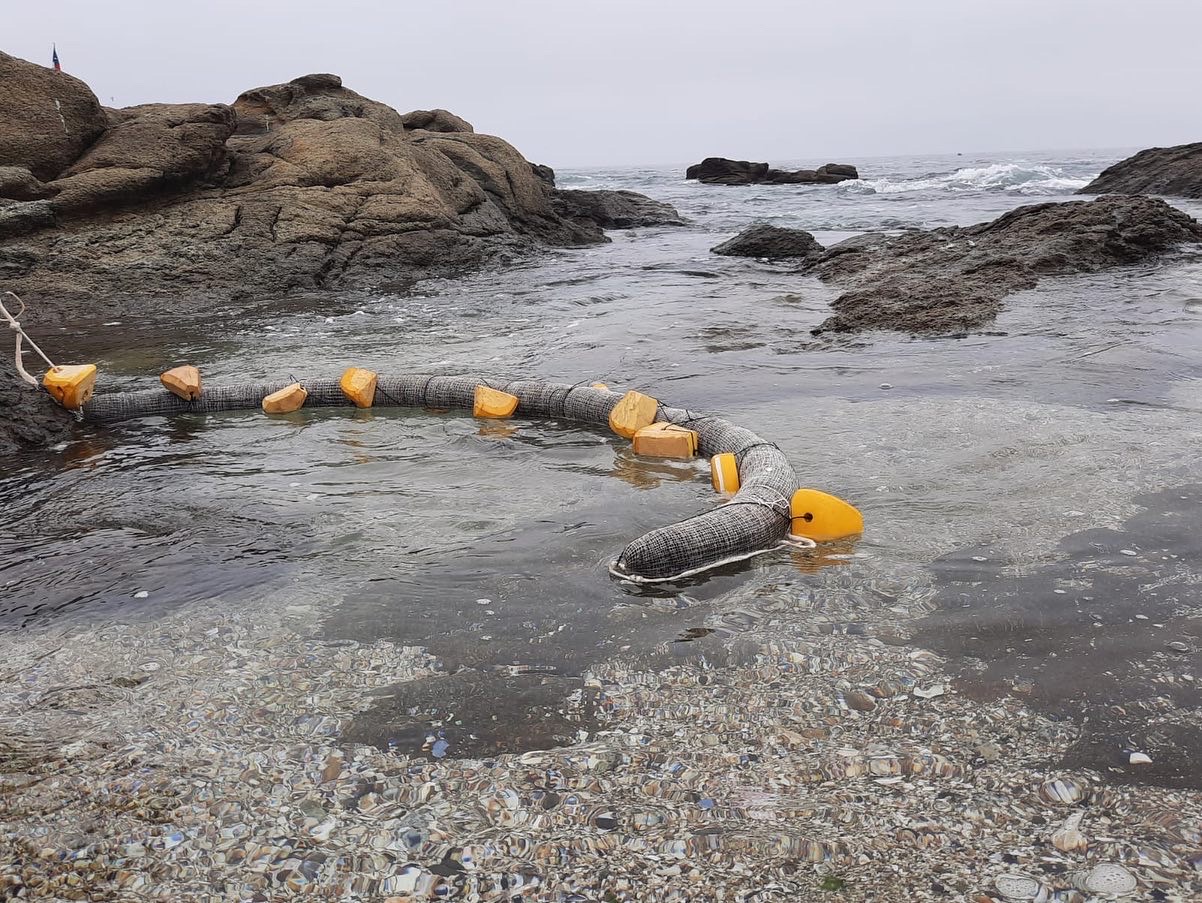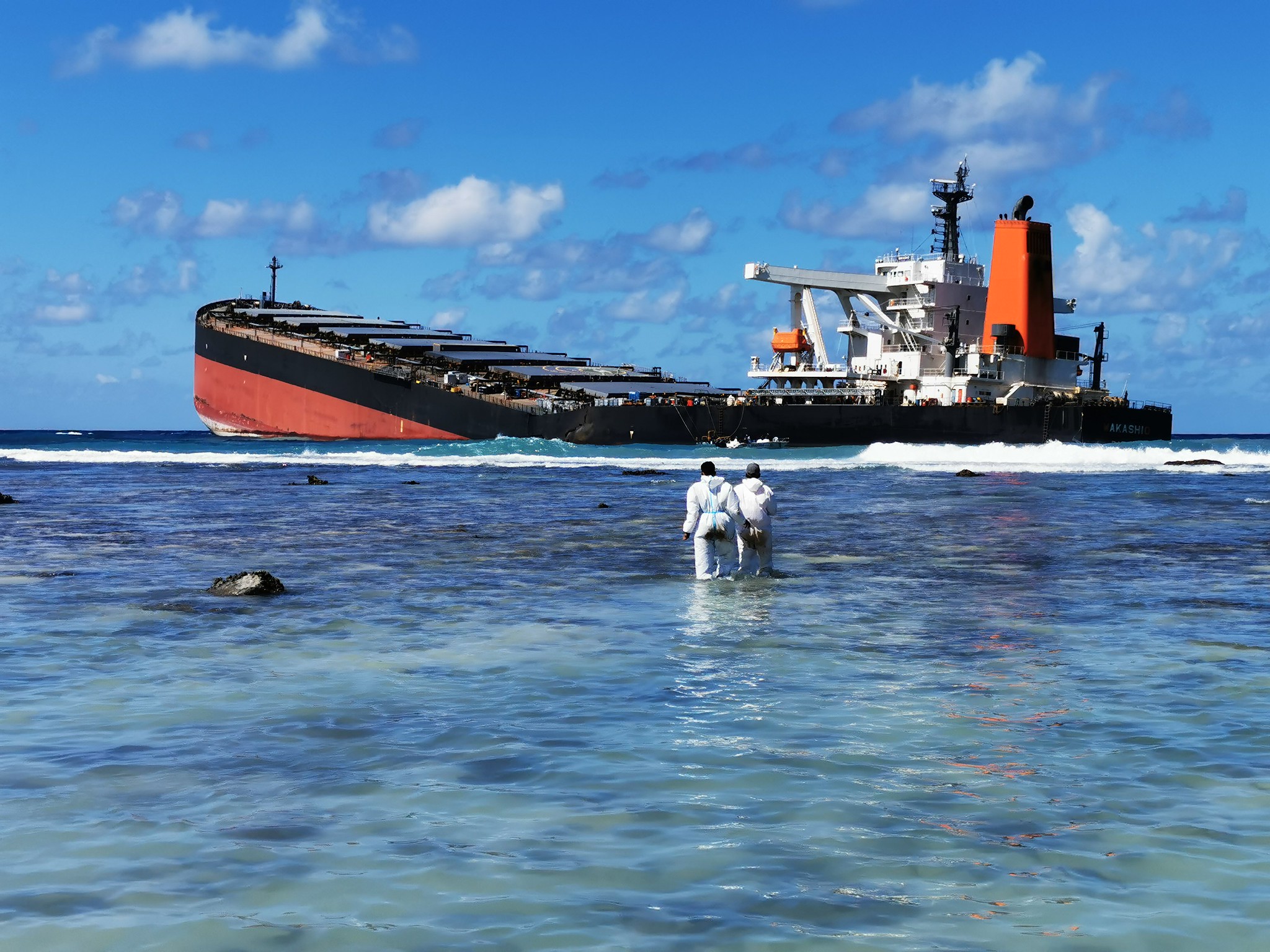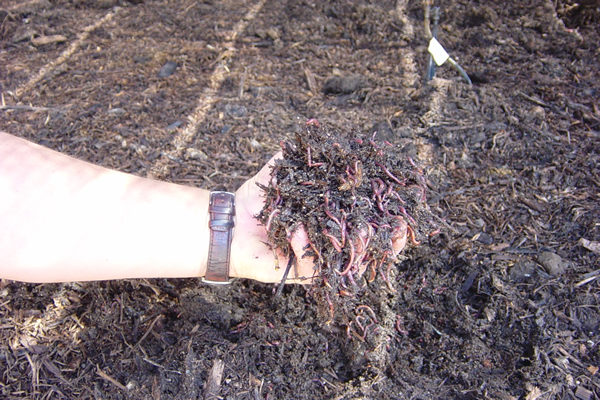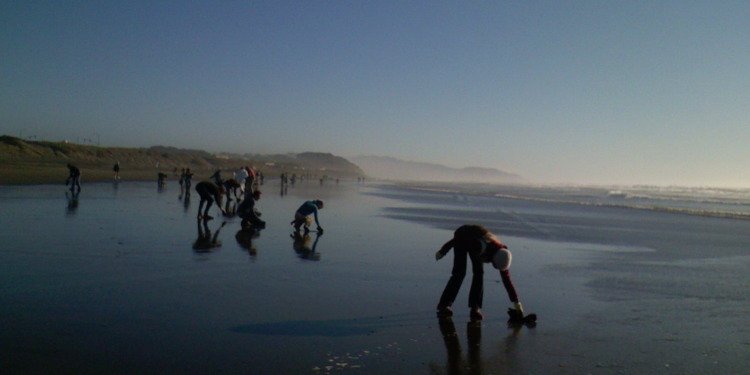In the sweltering summer of 2022, I suddenly felt that I had too much hair, as I’m sure many others did, and that I might be considerably cooler if I lost some of it. I paid a visit to Dogobees in York, an eco-hairdressing salon. While my hair was being cut, I noticed large bags of human hair on the side. When I enquired what it was for, my hairdresser obligingly told me that the hair would later be collected by the Green Salons Collective, in order to clean up oil spills.
Surprised, I relayed this to one of my friends, who gravely nodded and told me she’d been acquainted with a hairdresser who kept her clients’ hair clippings to turn into mattresses.
Human hair is a surprisingly versatile resource, with developing uses as soil fertiliser, potential building material, and as an artistic medium. A large number of salons worldwide are saving hair not to make mattresses, but to fight water pollution.
The idea of using hair to treat oil spills has been traced as far back as the 1978 Amoco Cadiz oil spill. On 16 March 1978, the Amoco Cadiz oil tanker was travelling from the Persian Gulf to Europe. Inclement weather caused a steering failure, and the ship ran aground on the northwest coast of France, ultimately breaking in three, and releasing more than 220,000 metric tonnes of oil. This created a slick 18 miles wide and 80 miles long that polluted the Breton coast.
“It was the Breton fisherman who developed this system in the sense that it was already used in houses to recover the fat – there were sponges made of hair to recover fat in houses.”
Thierry Gras, the hairdresser who founded Coiffeurs Justes in France in 2015 to recycle hair-waste, attributed the original notion of using hair to clean up oil spills to Breton fishermen in 1978. “It was the Breton fisherman who developed this system in the sense that it was already used in houses to recover the fat – there were sponges made of hair to recover fat in houses.”
The earliest commercial research, however, seems to be in 1998, when Alabama hairdresser Phillip McCrory approached NASA with the idea. The idea came to him when he was watching coverage of the 1989 oil spill in Alaska. Consequently, he experimented in his son’s paddling pool, spilling motor oil on the surface, and creating a ring of human hair in his wife’s nylon tights to clean it up, finding that it was a highly effective method.
Although patents for similar ideas using sheep’s wool and duck feathers existed, human hair was found to be more effective than either. Furthermore, while wool and duck feathers had other uses in the market, for making clothes and duvets etc., hair had the added bonus of essentially being a waste product.
Other methods of cleaning up oil spills include using polypropylene. However, polypropylene is not a sustainable method, and requires oil drilling to create it. At the end of its usage, polypropylene goes to landfill marked hazardous waste. Peat moss has also been used to clean oil spills, however, the mining of peat moss is destructive, and serves to take away from the valuable carbon sinks that peat bogs provide. Furthermore, human hair and dog fur were both found to be more effective absorbents.
“One kilogram of hair can absorb up to eight litres of oil.”
Dung Dung, a family founded NGO in Belgium that recycles hair, boasts that hair’s lipophilic quantities allow it to absorb fat, oil, and hydrocarbons. In fact, they tell us, one kilogram of hair can absorb up to eight litres of oil.
Dung Dung’s project, Hair Recycle, collects hair from salons throughout Belgium and the Netherlands, in order to clean waterways and rivers in Wallonia. They create “hair mats”, and use them to absorb pollution in rivers and drains before the water reaches the ocean. Dung Dung pride themselves on using a local product to solve local problems. They have plans to be active in the whole of Belgium and the Netherlands in the future.
Aside from hair mats, Dung Dung uses hair to manufacture new products, like biocomposite recycling bags, and to use the keratin found in hair to treat skin burns.

Hair mats are tightly woven mats made out of human hair and animal fur that can be used in parks, around drains, and in smaller waterways to treat minor pollution problems, and oil spills. They are manufactured by companies like Dung Dung (Belgium), and Matter of Trust (USA).
Hair booms are larger. They are nylon or cotton tubes which are filled with hair, and are used to treat oil slicks. Smaller versions are also being tested out in ports, to deal with much smaller scales of water pollution. They are made by companies like the Green Salons Collective (UK), who worked on a 2021 oil spill in Northern Ireland, Coiffeurs Justes (France), and Matter of Trust (USA).
Related articles: 90% of the World’s Oil Slicks Are Caused by Humans, Not Nature | Fifty Years After the Clean Water Act, Half of U.S. Waters Are Severely Polluted | Biggest Oil Spill Ever Could Hit Yemen and Neighboring Countries | Peru Declares ‘Environmental Emergency’ as Oil Spill Wreaks Havoc on the Pacific
It’s no secret that hair is political (especially in Iran), but what’s new is the movement of hair as political aid. In 2020, the people of Mauritius were faced with a huge oil spill. They created barriers to tackle the problem made out of straw, sugar cane leaves, and human hair, with many inhabitants of the island cutting their hair to contribute. As part of the clean-up effort, the French government and Coiffeures Justes pledged 20 tonnes of human hair to Mauritius. However, Prithvirajsing Roopun, the Mauritian president, ultimately refused the hair.

One of the largest international efforts of hair to prevent water pollution is the San Francisco company, Matter of Trust’s, Clean Wave programme. Following his discovery, Phillip McCrory struggled to launch the Clean Wave programme on his own. In 1999, Lisa Gautier, founder and president of Matter of Trust, reached out to him. Today, Matter of Trust has partners not only in North America, but in South America, Europe, Asia, Oceania, and Africa. These partners include Dung Dung in Belgium and Coiffeurs Justes in France. From alpaca ranches to museums, it really is a remarkable and extensive partnership.
Matter of Trust worked to clean up the San Francisco Cosco Busan oil spill in 2007, as well as providing hair booms for the infamous BP Deepwater Horizon Gulf Coast Spill in 2010.
What remains difficult is responsibly disposing of oil spills. Matter of Trust’s solution is to treat the oily mats, known as “bunker fuel,” with oyster mushrooms. Then they use thermophilic composting, followed by vermiculture (worms), to turn the hazardous waste into healthy compost over 18 months.

In their study on the matter, they conclude “this is a labour of love. We believe that this is a worthwhile and empowering solution to the people in the Amazon who had left the place for decades when there were oil pits that resulted from pipeline lead debris.” They concede that “For shoreline cities with little landfill space or time, this is impractical and hazardous waste is better incinerated for energy in a closed system that takes care of particulates.”
At the end of their lives, Coiffeur Justes’ hair booms are burned for energy, although Thierry Gras states that they ultimately would like to cleean and reuse them. Dung Dung, who don’t currently treat oil spills, but urban water pollution, recycle their used hair mats into cement.
Overall, this use is a fantastic method to keep hair out of landfill, and to clean up oil spills in a way that doesn’t require more drilling. Until we reach a point where we aren’t polluting water supplies, hair mats and booms are a remarkable and effective way to keep our waters clean.
Looking to the future, one may hope to see more countries in Europe – aside from France and Belgium – collecting hair and using it on a smaller scale, and in particular, seeing an expansion of its use in the treatment of oil spills. Even if our mattresses aren’t made of human hair, we can sleep easier knowing that all those salon cuttings aren’t going to waste.
Editor’s Note: The opinions expressed here by the authors are their own, not those of Impakter.com — In the Featured Photo: Volunteers use hair to clean up the San Francisco Busan Oil Spills. Featured Photo Credit: Matter of Trust










